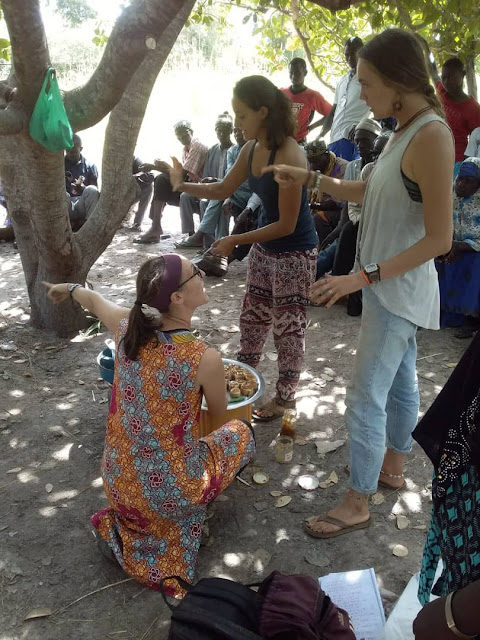Open Field Day

The next week after traipsing to Lombel, I went on a short biking adventure to the Diakhanke (an alternate spelling of Jaxanke, my local language) area of Kedougou. I came into the city of Kedougou from my site (40km), then the next day biked out to a town in the Diakhanke area (61km) to help out with another volunteer's training. The other volunteer was helping her Master Farmer, Dembo Tigana, conduct an Open Field Day. Master Farmers are local farmers who receive funding from Peace Corps to be an agricultural extension agent in their communities. They each have a 1-hectare farm demonstrating agricultural techniques including composting, live fencing, tree nurseries, field crop spacing, and many others. Part of Master Farmers' work includes conducting Open Field Days, large half-day trainings with 50-100 participants, 1-2 times per year. In following with the theme of "things that are not near my village," there is no Master Farmer near my village. (Also included on...


